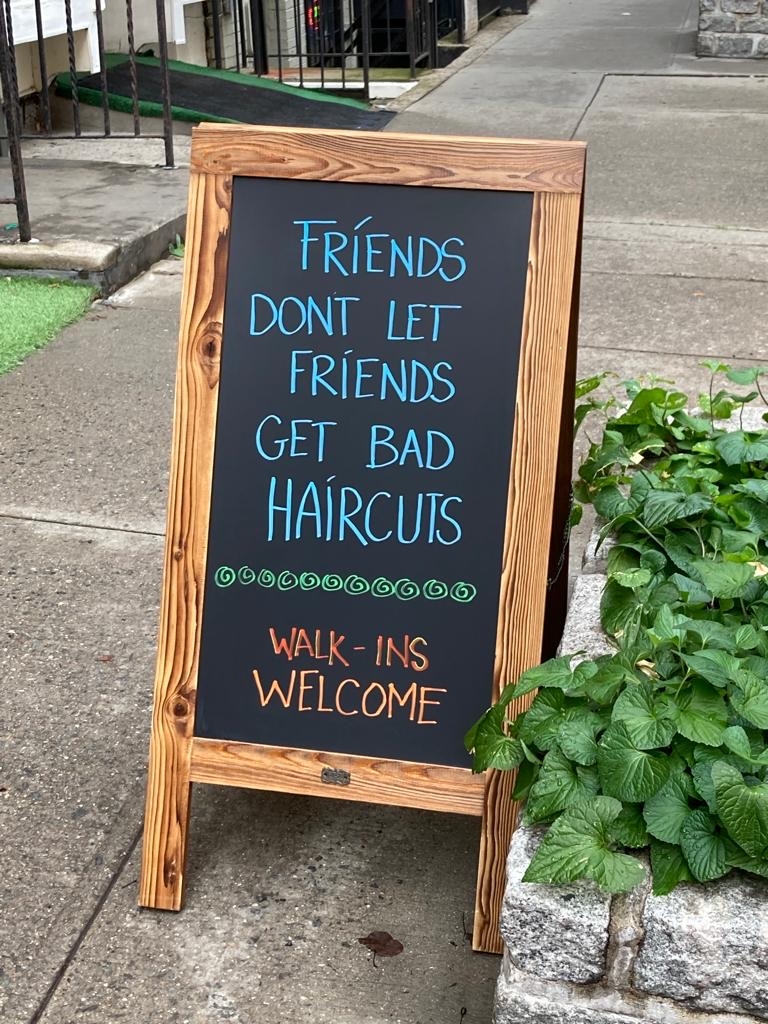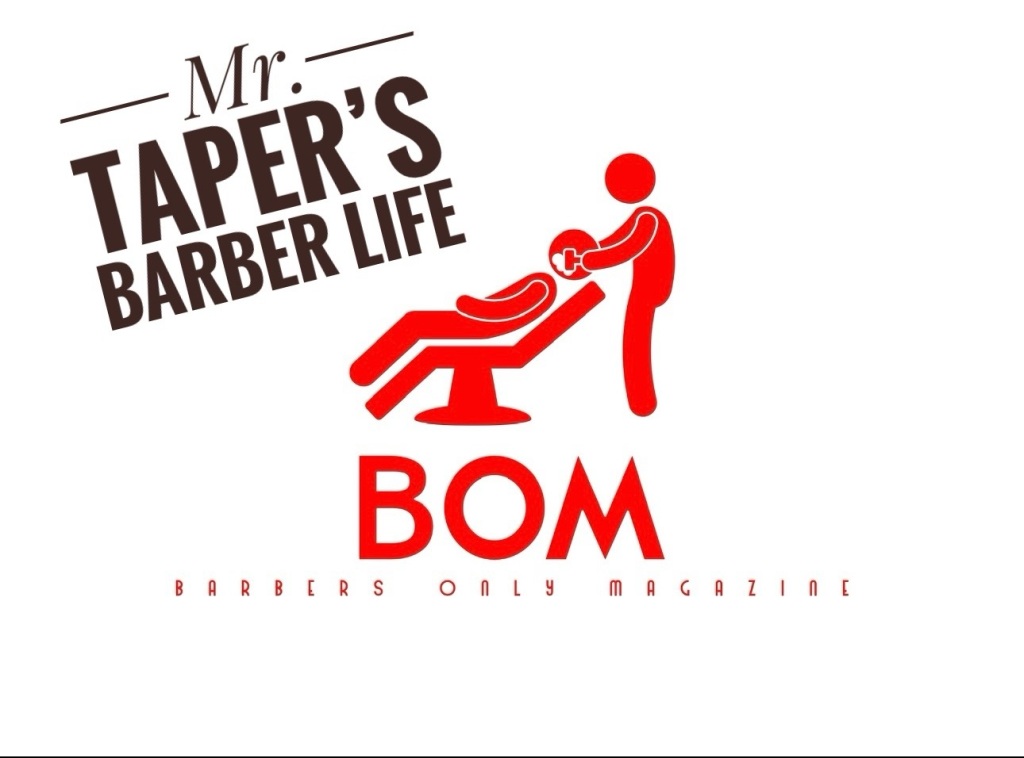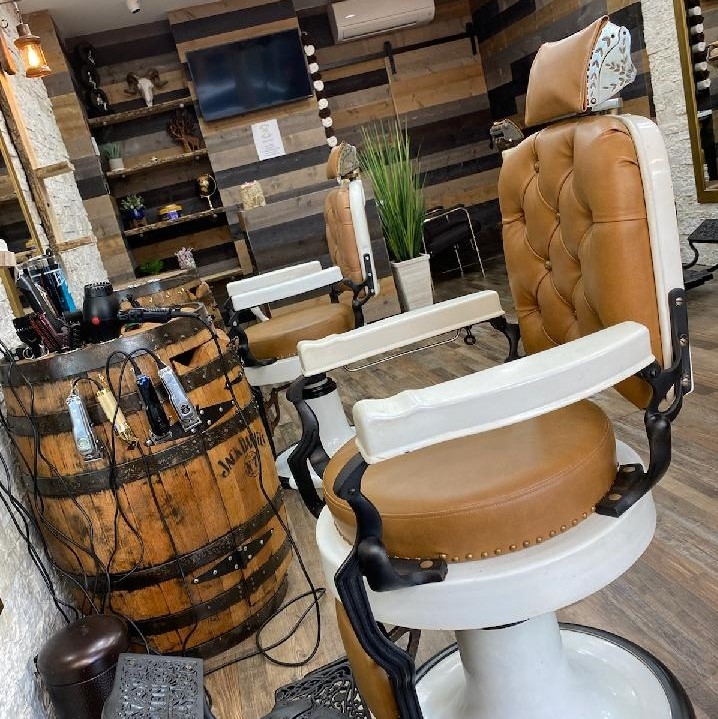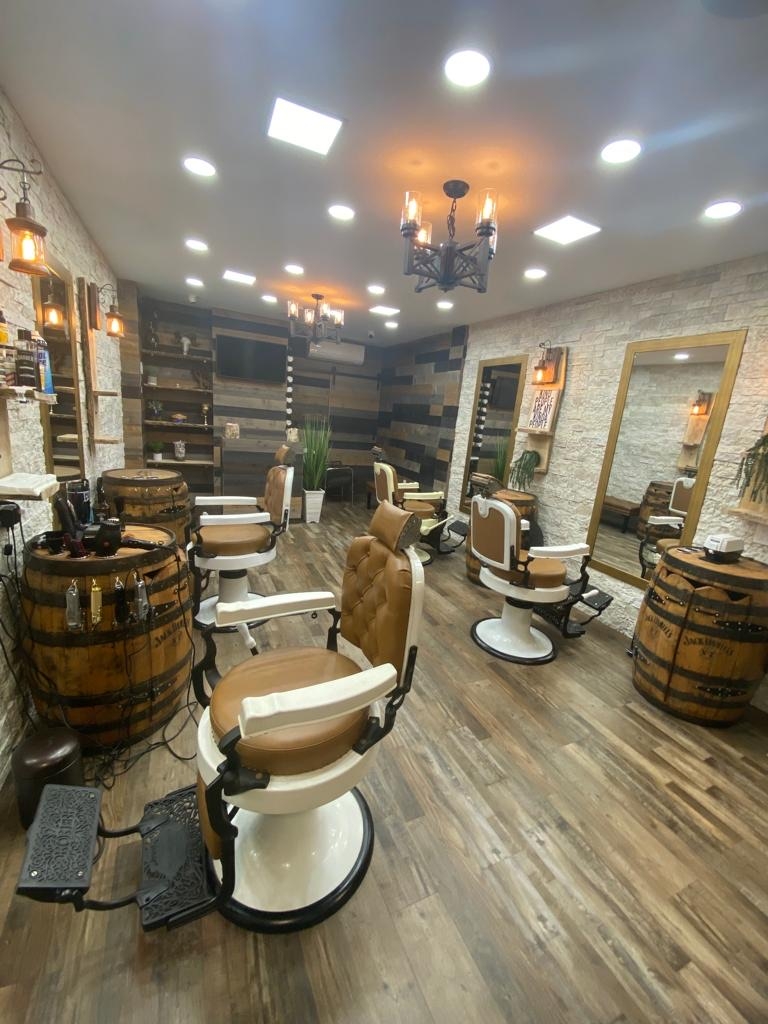

The benefits of getting a hot shave versus a traditional shave are numerous. A hot shave involves using hot towels to open up the pores, allowing for a closer and smoother shave. This process also helps to soften the hair follicles, making it easier to cut the hair without causing irritation or razor burn. Additionally, the heat from the towels can help relax the facial muscles, providing a more comfortable and luxurious shaving experience.
To maintain smooth skin, it is recommended to get a hot shave every 1-2 weeks. This frequency allows for the hair to grow back evenly and prevents any ingrown hairs from forming. Regular hot shaves can also help exfoliate the skin, keeping it healthy and free from any buildup of dead skin cells.
https://podcasts.apple.com/us/podcast/mr-tapers-barber-life/id1678890979?i=1000647933253

Posted by on 2024-03-11
Tax write-offs for barbers can be a great way to save money on taxes. Barbers can take advantage of a variety of deductions and credits to reduce their taxable income and save money. Here are some of the most common tax write-offs for barbers in 2024. 1. Professional Expenses: Barbers can deduct expenses related to […]

Posted by on 2024-01-02
youtube.com/watch
Posted by on 2023-11-13
During a hot shave, specific products and tools are used that differ from a regular shave. These may include a high-quality shaving cream or soap, a sharp straight razor, and pre-shave oils or balms. These products are designed to provide a smooth and comfortable shaving experience while minimizing the risk of irritation or cuts.

A hot shave can indeed help prevent ingrown hairs and razor burn. The heat from the towels opens up the pores, allowing for a closer shave that reduces the likelihood of hairs getting trapped beneath the skin. Additionally, the use of high-quality products and tools during a hot shave can help minimize irritation and inflammation, leading to smoother and healthier skin.
A hot shave is suitable for all skin types, including sensitive skin. The heat from the towels can actually be beneficial for sensitive skin, as it helps to soften the hair follicles and reduce the risk of irritation. However, it is important to use gentle products and techniques to avoid any potential reactions or discomfort.

A hot shave typically takes longer than a regular shave, as the process involves multiple steps such as applying hot towels, lathering the shaving cream, and using a straight razor. On average, a hot shave can take around 30-45 minutes, depending on the individual's hair growth and skin sensitivity. Despite the longer duration, many people find the results of a hot shave to be well worth the time investment.
After a hot shave, it is recommended to follow specific aftercare steps to maintain skin health. This may include applying a soothing aftershave balm or lotion to hydrate the skin and reduce any redness or irritation. It is also important to avoid touching or scratching the shaved area, as this can lead to further irritation. Additionally, regular exfoliation and moisturizing can help keep the skin smooth and healthy between hot shave sessions.

To maintain a perfect fade after leaving the barbershop, one should follow a strict grooming routine. This routine should include using high-quality hair products such as pomade, gel, or wax to style the hair and keep it in place. Regularly washing and conditioning the hair with products specifically designed for men's hair will help keep the fade looking fresh. Additionally, using a comb or brush to style the hair daily can help maintain the shape of the fade. Trimming the hair around the edges of the fade with clippers or scissors can also help keep the fade looking sharp. Finally, scheduling regular appointments with a skilled barber for touch-ups and maintenance is essential to ensure the fade stays perfect. By following these steps, one can maintain a flawless fade long after leaving the barbershop.
Barbershops typically employ various techniques for shaping eyebrows, such as waxing, threading, tweezing, and trimming. Waxing involves applying a thin layer of warm wax to the eyebrow area and then quickly removing it to pull out unwanted hair. Threading uses a twisted cotton thread to trap and pull out individual hairs, creating a clean and defined shape. Tweezing involves using a pair of tweezers to pluck out stray hairs, while trimming uses scissors to shorten and shape longer hairs. Some barbershops may also offer eyebrow tinting or filling in sparse areas with makeup to enhance the overall look. Overall, barbershops use a combination of these techniques to achieve well-groomed and symmetrical eyebrows for their clients.
A skin fade and a regular fade are both popular haircut styles that involve gradually cutting the hair shorter towards the neckline. The main difference between the two is the length of hair left on the sides and back of the head. In a skin fade, the hair is cut very short or shaved down to the skin, creating a seamless blend between the hair and skin. This results in a more dramatic and bold look. On the other hand, a regular fade typically leaves a bit more length on the sides and back, creating a softer and more gradual transition between the longer hair on top and the shorter hair on the sides. Both styles require precision and skill from a barber or hairstylist to achieve a clean and polished look.
Barbershops may offer specialized treatments for addressing dandruff or dry scalp, such as scalp exfoliation, moisturizing scalp masks, anti-dandruff shampoos, and scalp massages. These treatments can help alleviate symptoms of dryness, flakiness, and itchiness associated with dandruff or dry scalp conditions. Barbers may also recommend specific hair care products containing ingredients like tea tree oil, coconut oil, or salicylic acid to help manage these issues. Additionally, barbers may provide personalized advice on proper hair care routines and techniques to prevent dandruff or dry scalp from recurring. Overall, barbershops can offer a range of specialized services to address and manage dandruff or dry scalp concerns effectively.